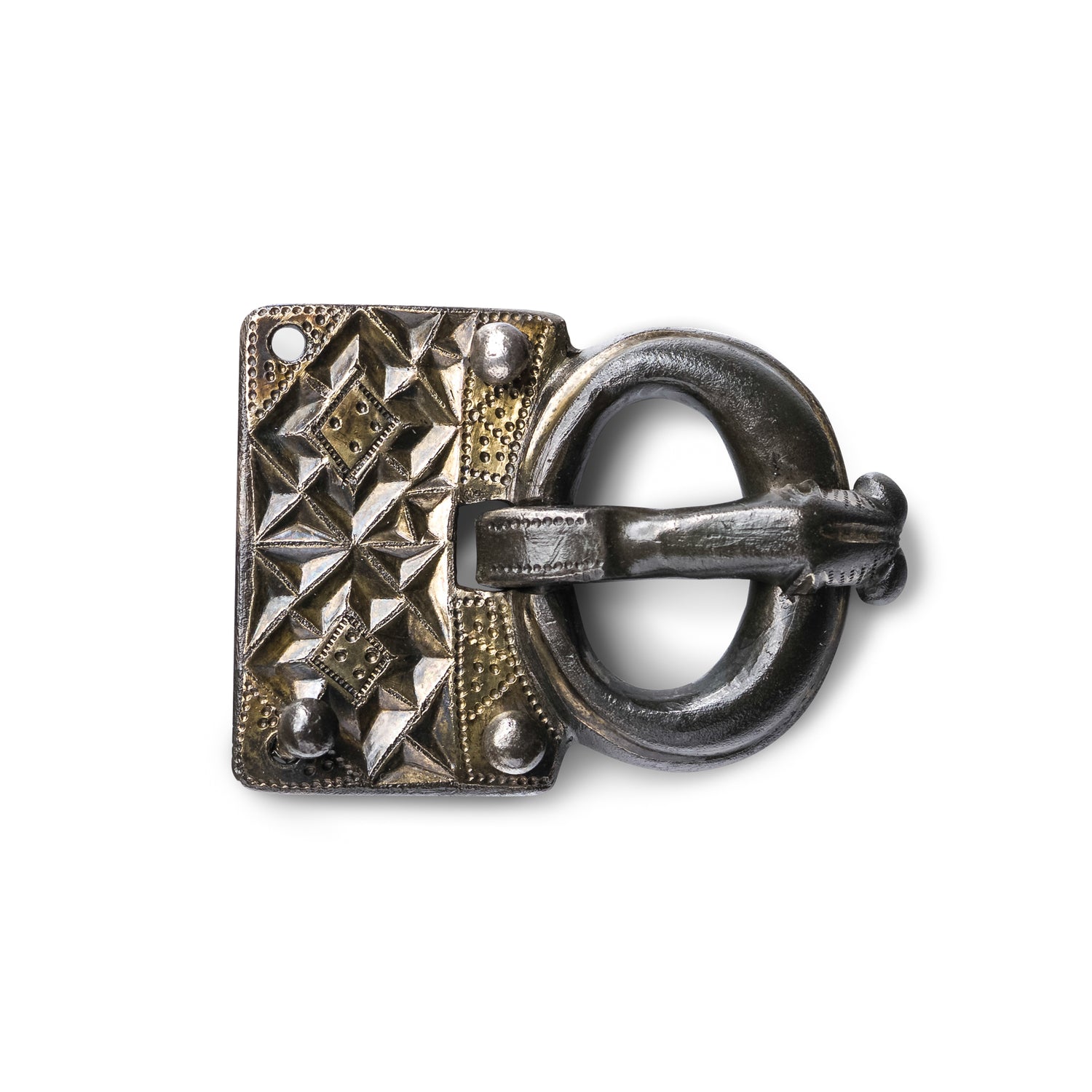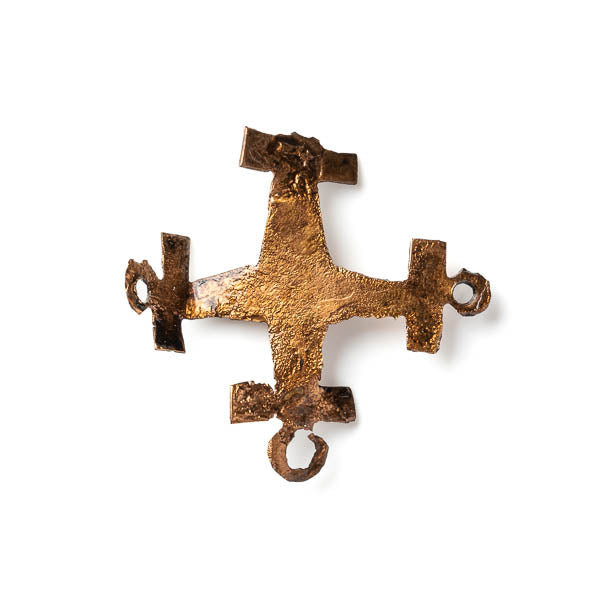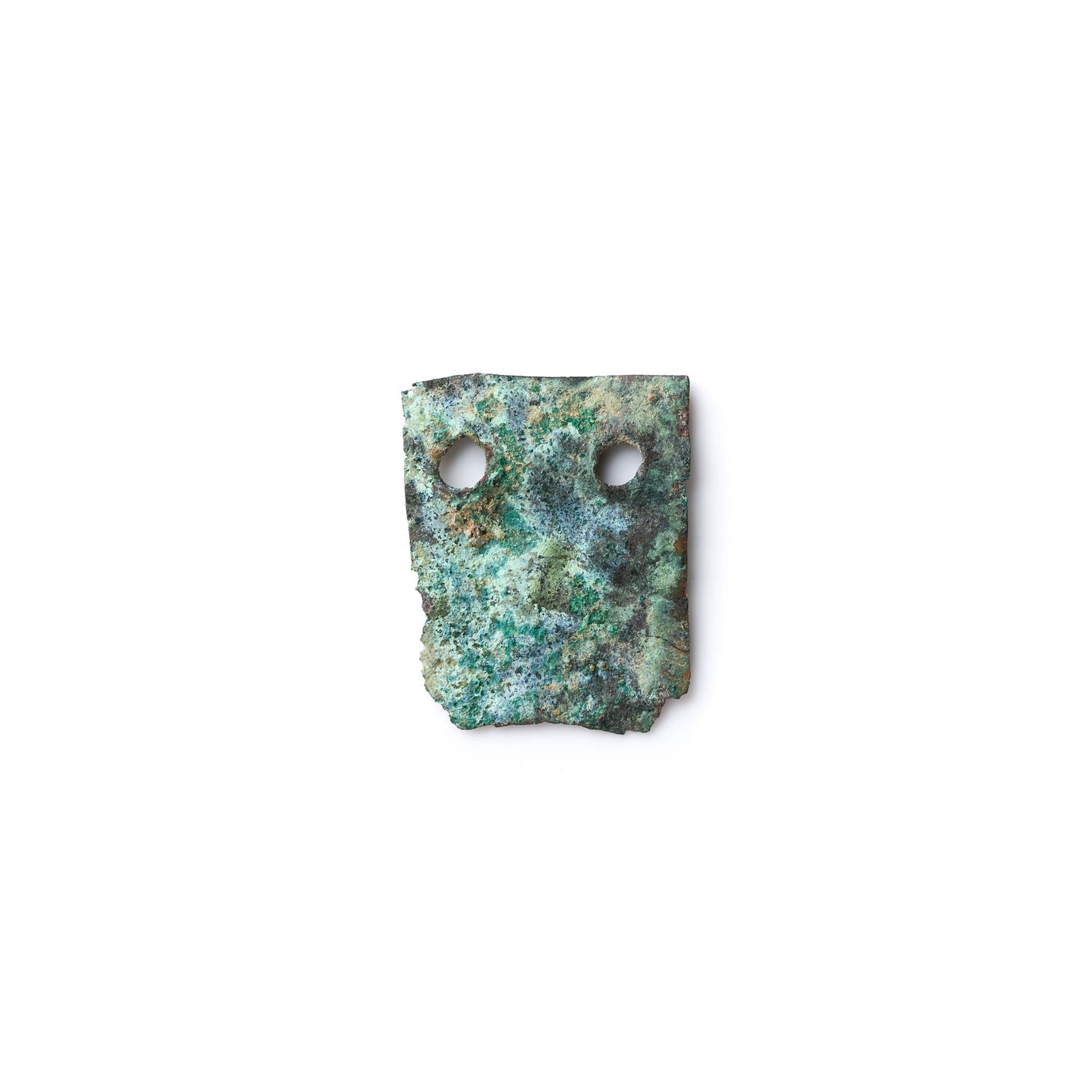What if all photographs of archaeological artifacts were done in the same way. Not just in one museum, but in all of them – then everything could be presented as one image. This is the idea behind PHOTARCH.
What is the problem?
The problem within archaeology today is that images of similar artifacts often look vastly different depending on where they were photographed, making comparisons between finds challenging.
Photarch is an innovative method for photographing archaeological artifacts, aimed at creating a unified and comparable collection of images, regardless of the museum archive.
The Photarch method proposes a solution to this problem by applying three simple yet effective principles:
-
1. A single key light source
A single key light source
- By using only one light source, positioned at a fixed angle (approximately 45°), natural shadows are created, preserving details about the artifact’s shape, weight, and texture. -
2. Consistent lighting angle
Maintaining the same lighting angle ensures that images from different museums and excavation sites have a consistent appearance, making comparisons and analyses more straightforward.
-
3. A white background to preserve shadows
Traditional methods often use gray or dark backgrounds that obscure details. A white background preserves the shadows’ information, providing clear contrast without losing essential features.

Why Preserve Shadows?
Shadows tell an important story about the object. They reveal the shape and structure, whether it lies flat or wobbles, and whether the material is transparent or opaque. By preserving shadows, the image becomes not only aesthetically pleasing but also informative and valuable for both research and public presentation.

An International Standard for Archaeological Photography
The Photarch method has already been successfully tested on over 500 artifacts from three museums, and the results show that the images achieve a uniform look, regardless of where they were taken. The method is simple enough to be used both in the field and in conservation studios, making it scalable and accessible.

Benefits for an AI-Driven Database
A detailed, consistent, and high-quality image is essential for building an AI-driven archaeological database. By capturing the artifact with precise lighting and preserving shadows, all critical information about the object’s shape, texture, and structure is retained. This makes it possible to use AI to analyze the image and identify the artifact, even when compared across different collections.
With a unified image style, AI can easily match similar artifacts from various museums, creating connections that were previously difficult to establish. This opens the door for advanced search functions, where we can upload an image and have the AI suggest comparable items from other collections. Additionally, such standardized imaging allows us to display entire artifact collections at scale, preserving their relative dimensions and features, which is invaluable for comparative studies and public exhibitions.
By standardizing archaeological photography through the Photarch method, we not only improve visual consistency but also pave the way for innovative AI applications in cultural heritage management.
With Photarch, we can create a collection of images that not only documents our archaeological treasures but also makes them accessible and comparable across time and space.
Please visit PHOTARCH.com for in-depth documentation